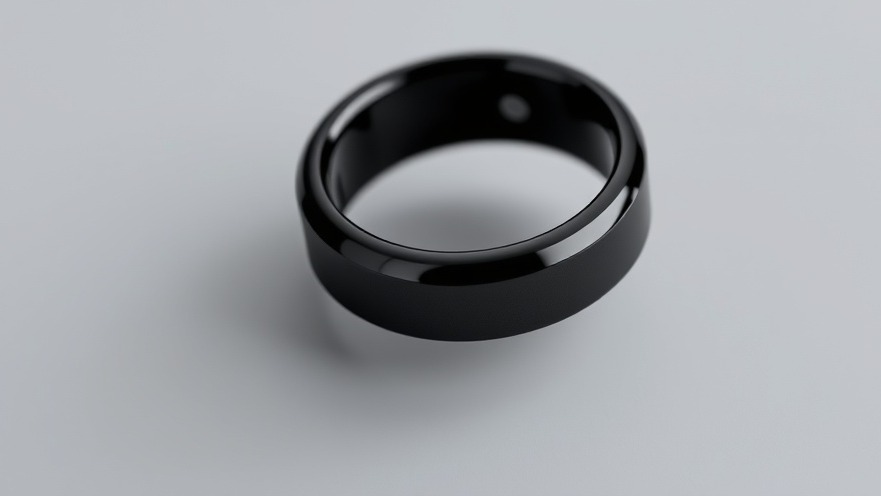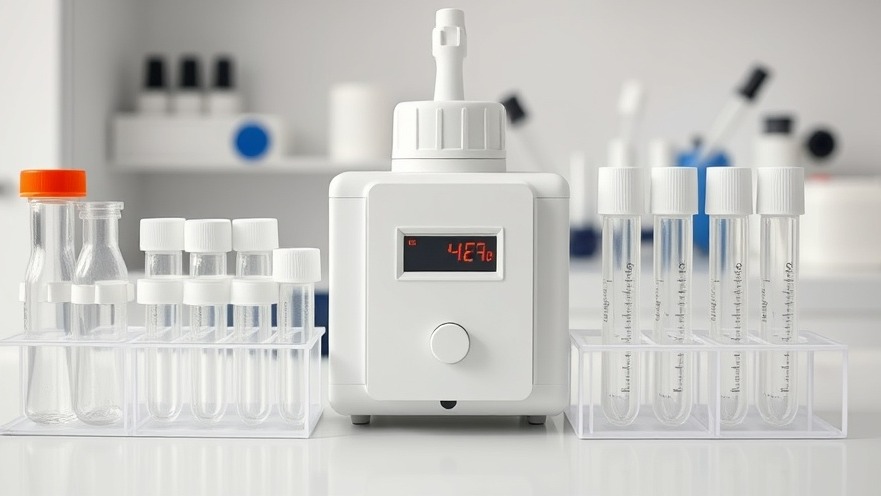
The Essentials of Hyperbaric Oxygen Therapy
Hyperbaric oxygen therapy (HBOT) is a fascinating and vital treatment that leverages the power of pure oxygen in a controlled, pressurized environment to assist the body in healing processes. It has been recognized particularly for its effect on wound healing, addressing conditions that involve gas embolisms, and even treating necrotizing infections. However, the key to its efficacy lies in safety measures and strict regulatory compliance.
The Safety Record: A Mixed Bag
Despite the promising applications of hyperbaric oxygen therapy, tragic incidents, such as the death of a five-year-old at a U.S. clinic following a chamber explosion, have raised urgent concerns about the safety protocols in place outside of clinical settings. While Australian hospitals strictly regulate their hyperbaric units and supervise the treatment process, alternative medicine clinics that use such chambers often lack standardization and oversight, which can pose significant risks to patient safety.
Understanding How Hyperbaric Therapy Works
HBOT works by allowing patients to breathe pure oxygen while inside a chamber where the pressure is increased, generally to two to three times the normal atmospheric pressure. This environment enhances oxygen delivery to tissues and can accelerate healing in areas affected by low oxygenation. The technique was originally designed to treat 'the bends' or decompression sickness, a condition that arises from rapid changes in pressure that forms bubbles in tissues and blood.
Applications of Hyperbaric Oxygen Therapy
Beyond decompression sickness, hyperbaric therapy has garnered attention for its range of applications. Conditions commonly treated include:
- Bubbles in the brain’s blood supply (gas embolism)
- Soft tissue infections like gas gangrene
- Radiation-damaged tissues
- Chronic wounds and ulcers resistant to standard treatments
This broad application further underlines the importance of adhering to stringent regulatory protocols to protect patients' well-being.
Safety Procedures in Regulated Environments
In regulated medical environments,patients are closely monitored during HBOT sessions. Medical professionals check for contraindications (e.g., certain lung diseases) and prepare for emergencies. Equipment must undergo regular maintenance, and units need to be inspected for compliance with industry standards. This rigorous oversight contrasts sharply with alternative clinics that may prioritize profit over safety.
Future Considerations and Trends in Hyperbaric Medicine
As the demand for alternative treatment options rises, the hyperbaric medicine sector is likely to expand. However, if current trends continue, regulation and standardized procedures will need to adapt accordingly. Education and advocacy for patient safety can help in navigating this evolving therapeutic landscape, ensuring that patients receive the best possible care.
Conclusion: The Importance of Informed Practice
For health practitioners, staying informed about the mechanisms and safety standards of hyperbaric oxygen therapy presents not only an opportunity to enhance patient care but also a responsibility to advocate for patient safety. The landscape is changing rapidly, and embracing best practices in HBOT can elevate the standard of care provided to patients.
 Add Row
Add Row  Add
Add 






Write A Comment